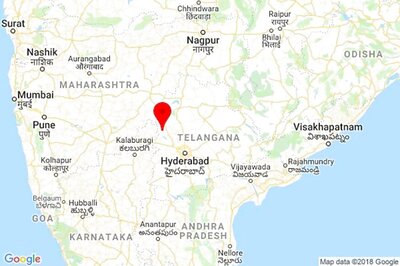
views
In October 2017, last year, the centre had announced ₹2.11 Lakh Crores Bank Recapitalisation plan for Public Sector banks to boost the flow of credit and hence private investment. The government aims to leverage this money majorly via an issue of recapitalisation bonds (1.35 Lakh Crores) and rest via budgetary allocation over the upcoming two fiscal years.
The state-owned lenders are marred down with bad loans and are capital starved, whereby the allocation of this scheme comes as an interim relief for the banks. But who will gain the most out of this Mega Bank Recapitalisation? Well, it’s the consumer.
With banks already burdened with bad loans, the new or fresh loans are disbursed rather conservatively by the state-owned banks. However, once the budgetary support comes from the centre, the banks will be in a better state to take risks and disburse loans more freely, which will, in turn, become easy for the common man to apply for loans.
In Budget 2018, the finance minister is expected to share the budgetary allocation under the Bank Recapitalisation Plan for the next fiscal year.
As per experts, the plan covers the demands of 80% of the PSBs and will make them meet Basel III requirements. It will boost their performance as state-owned lenders will be once again in a sound position to release credit and maintain its capital requirements.
With the Mega Bank Recapitalization, another important task at hand was to bring PSBs on the trade receivables platform trends, which is crucial for the medium and small medium enterprises for timely payments.




















Comments
0 comment